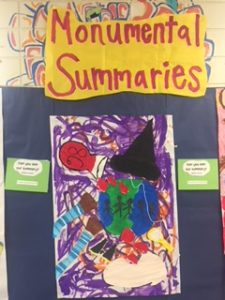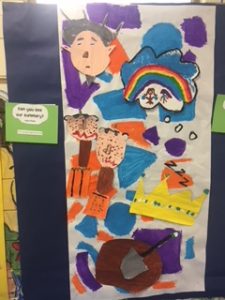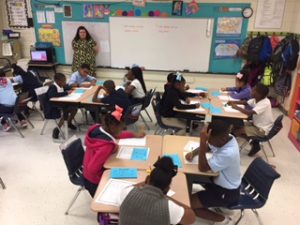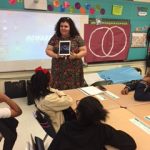This past week, the students were able to experience an infusion lesson with the art teacher, Mr. Bryant, as a part of learning about our 16th president, Abraham Lincoln. The students began by acting out a play called, Will the Real Abraham Lincoln Please Stand Up. The play was about three characters who all claimed to be the real Abraham Lincoln. Each character gave a lot of true information about the life and presidency of Abraham Lincoln, but two of them also gave some false information. The students had to figure out which Abraham Lincoln was the real one. The students wrote down important facts about Lincoln’s life based on the information read in the play. Next, the students watched a video about Abraham Lincoln and wrote down more facts about his life. See pictures of us working here:
Mr. Bryant discussed how these facts came from two different sources: one a play (print source) and one a video (digital source). He discussed that these are like complementary colors in art: they are different, but they complement each other and work together to create beautiful artwork just like our facts work together to tell the story of Abraham Lincoln. The students then used their facts, complementary colors, and a screen-print design of Lincoln to create a very unique artwork of Abraham Lincoln. Each class had a slightly different silhouette of Lincoln to differentiate between the classes. See the pictures of our artwork here:
After creating the artwork, students recorded themselves stating one of the most interesting things they learned about Abraham Lincoln and created a short video collage of these statements. You can open your camera app on your phone and hover over each image below to see each class’s video:

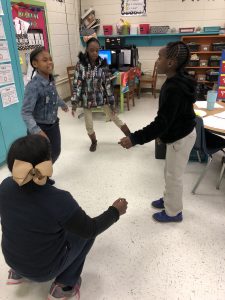

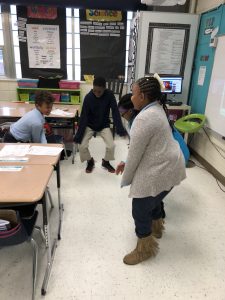

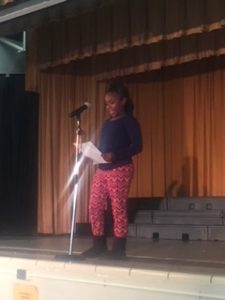
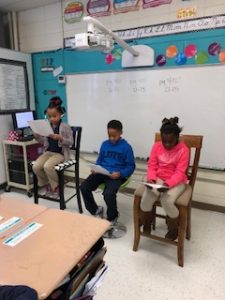
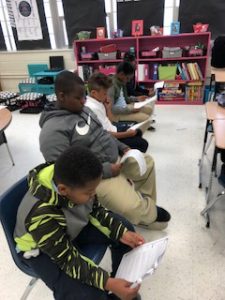
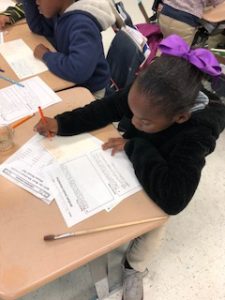
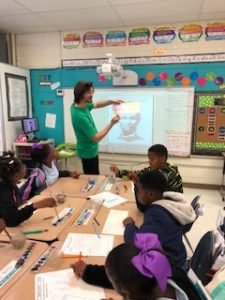
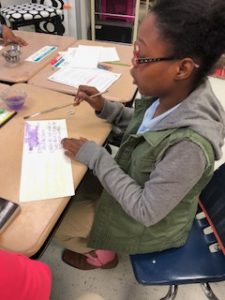
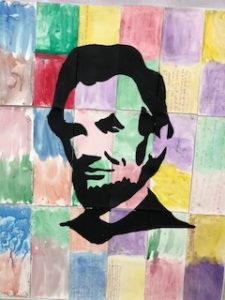
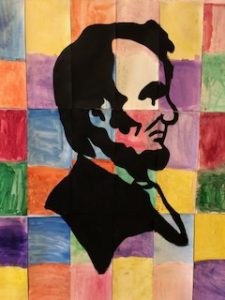
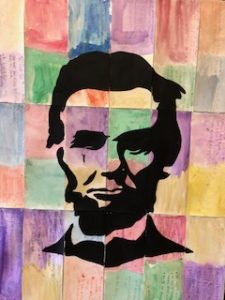
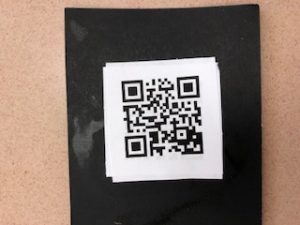
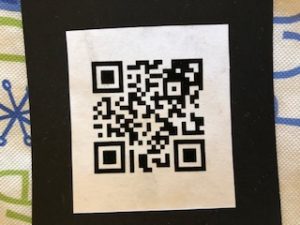
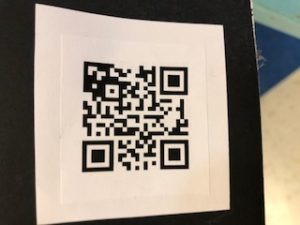
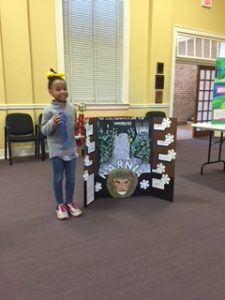
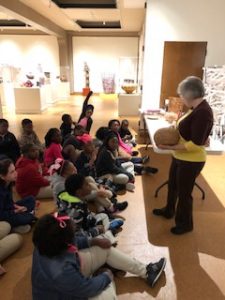

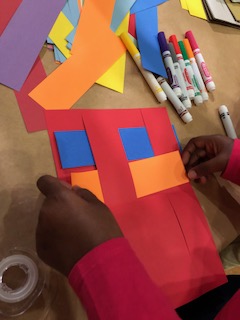


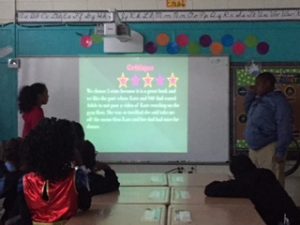
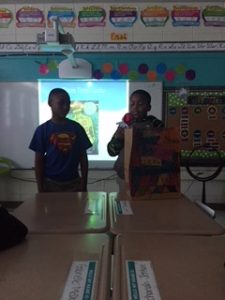
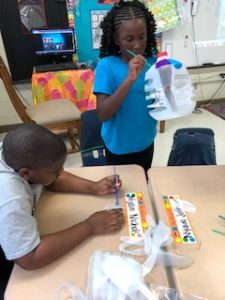

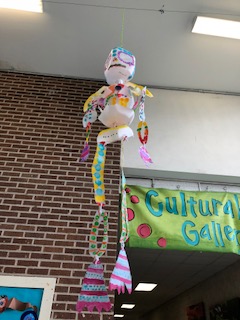
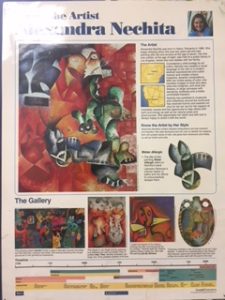 Schipke’s Class – The Witches by Roald Dahl
Schipke’s Class – The Witches by Roald Dahl